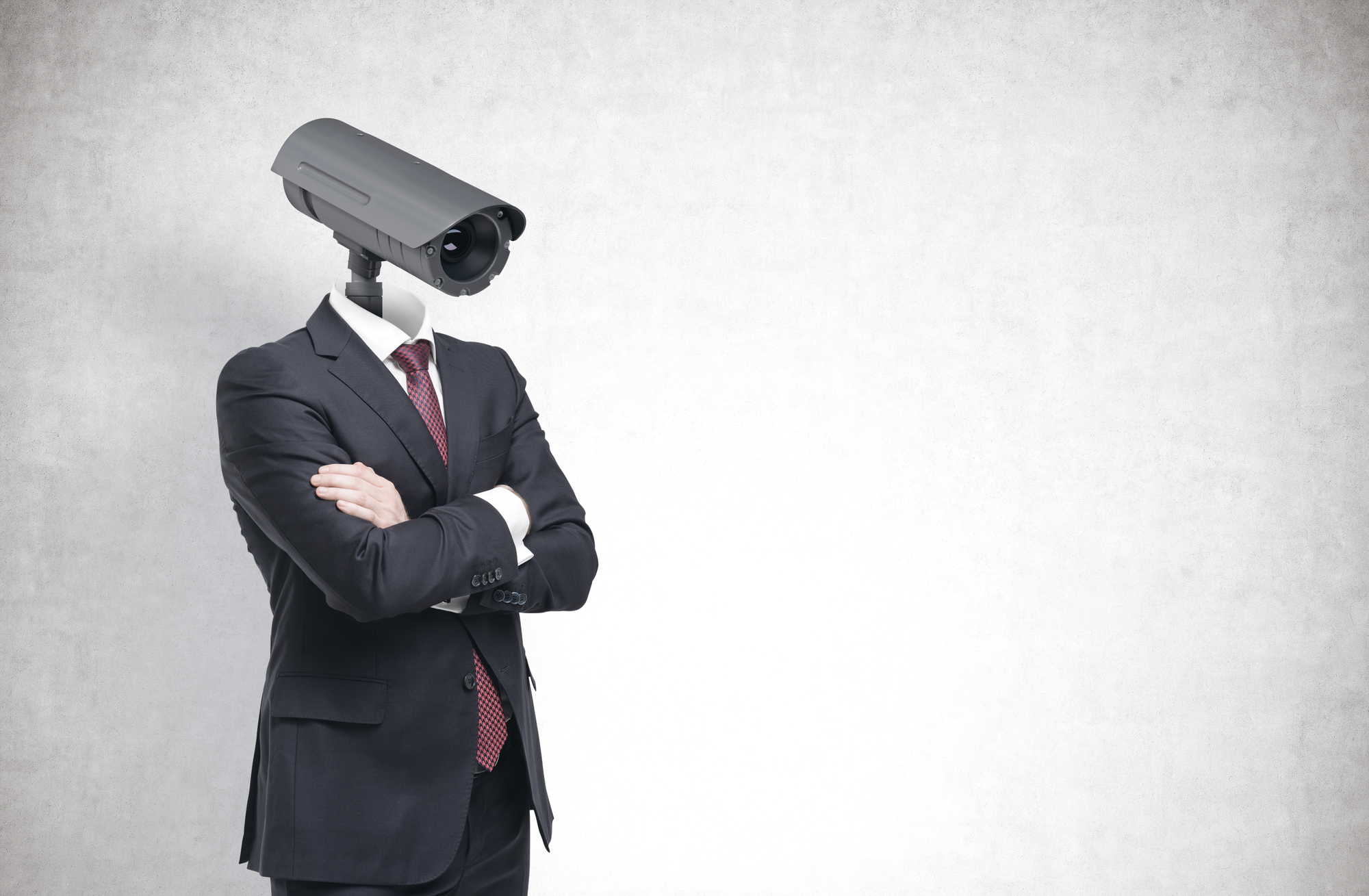Releasing the Power of Corporate Security: A Comprehensive Overview
From Cybersecurity to Physical Steps: Reinforcing Company Protection in a Changing Globe
In today's quickly advancing electronic landscape, the relevance of business safety and security can not be overemphasized. As cyber risks come to be progressively innovative and widespread, companies need to surpass traditional cybersecurity procedures to safeguard their assets and procedures - corporate security. This is where the assimilation of physical security procedures comes to be vital. By incorporating the staminas of both cybersecurity and physical safety, companies can produce a detailed defense method that addresses the diverse series of dangers they deal with. In this conversation, we will certainly check out the transforming danger landscape, the demand to incorporate cybersecurity and physical security, the application of multi-factor authentication actions, the importance of employee understanding and training, and the adaptation of safety and security actions for remote labor forces. By taking a look at these crucial locations, we will obtain valuable insights right into how organizations can enhance their corporate safety and security in an ever-changing globe.
Recognizing the Changing Hazard Landscape
The evolving nature of the modern-day world necessitates a thorough understanding of the changing hazard landscape for efficient business safety. In today's interconnected and electronic age, dangers to corporate protection have actually ended up being more complex and innovative. As modern technology advances and companies end up being progressively dependent on electronic framework, the capacity for cyberattacks, data violations, and other safety breaches has actually significantly increased. It is crucial for companies to stay informed and adapt their safety gauges to resolve these progressing threats.
One trick element of comprehending the altering risk landscape is identifying the various types of hazards that companies encounter. Furthermore, physical risks such as theft, criminal damage, and business reconnaissance continue to be common concerns for organizations.
Surveillance and evaluating the danger landscape is important in order to determine possible threats and susceptabilities. This entails staying upgraded on the current cybersecurity fads, analyzing hazard knowledge reports, and conducting regular danger analyses. By comprehending the altering threat landscape, companies can proactively carry out appropriate protection actions to minimize dangers and safeguard their possessions, reputation, and stakeholders.
Integrating Cybersecurity and Physical Safety
Integrating cybersecurity and physical safety and security is essential for detailed company defense in today's electronic and interconnected landscape. As companies increasingly rely upon technology and interconnected systems, the limits in between physical and cyber threats are ending up being blurred. To successfully protect against these threats, an all natural method that incorporates both cybersecurity and physical safety and security actions is vital.
Cybersecurity concentrates on securing electronic assets, such as systems, networks, and information, from unauthorized gain access to, interruption, and burglary. Physical protection, on the other hand, encompasses measures to protect physical assets, people, and centers from threats and vulnerabilities. By incorporating these 2 domain names, organizations can resolve vulnerabilities and risks from both electronic and physical angles, therefore enhancing their overall safety posture.
The combination of these 2 disciplines allows for a much more comprehensive understanding of safety and security dangers and allows a unified feedback to incidents. Physical gain access to controls can be improved by integrating them with cybersecurity methods, such as two-factor verification or biometric recognition. Cybersecurity measures can be matched by physical safety steps, such as surveillance cameras, alarms, and protected access points.

Carrying Out Multi-Factor Verification Steps
As organizations increasingly have a peek here focus on extensive protection measures, one efficient strategy is the implementation of multi-factor verification actions. Multi-factor verification (MFA) is a protection method that needs customers to provide multiple types of recognition to access a system or application. This strategy adds an added layer of security by incorporating something the customer knows, such as a password, with something they have, like a safety and security or a finger print token.
By applying MFA, companies can dramatically enhance their security posture - corporate security. Conventional password-based authentication has its constraints, as passwords can be conveniently endangered or forgotten. MFA mitigates these risks by adding an additional authentication element, making it more difficult for unauthorized people to acquire accessibility to delicate details
There are numerous kinds of multi-factor verification approaches readily available, consisting of biometric verification, SMS-based verification codes, and equipment tokens. Organizations need to evaluate their specific needs and pick one of the most ideal MFA option for their needs.
However, the implementation of MFA should be carefully intended and performed. It is critical to strike an equilibrium between safety and security and use to stop individual disappointment and resistance. Organizations ought to also think about prospective compatibility issues and provide ample training and support to ensure a smooth transition.
Enhancing Staff Member Understanding and Training
To strengthen business safety and security, companies need to prioritize boosting employee recognition and training. In today's quickly evolving hazard landscape, staff members play a crucial function in safeguarding an organization's delicate info and properties. Sadly, many safety violations happen as a result of human error or absence of awareness. For that reason, companies require to spend in comprehensive training programs to inform their staff members regarding potential dangers and the most effective methods for mitigating them.
Effective worker understanding and training programs need to cover a vast array of subjects, consisting of data protection, phishing attacks, social design, password hygiene, and physical safety and security steps. These programs must be customized to the certain demands and duties of various staff member duties within the company. Regular training simulations, workshops, and sessions can assist staff members create the required skills and understanding to determine and respond to safety dangers successfully.
Moreover, companies ought to encourage a society of safety understanding and provide recurring updates and pointers to maintain workers informed concerning the most recent threats and mitigation techniques. This can be done via internal interaction channels, such as newsletters, intranet portals, and email projects. By promoting a security-conscious workforce, organizations can dramatically decrease the likelihood of safety incidents and shield their important properties from unauthorized accessibility or compromise.

Adapting Protection Measures for Remote Workforce
Adapting business protection measures to accommodate a remote labor force is important in making sure the defense of delicate details and assets (corporate security). With the increasing trend of remote work, organizations need to carry out ideal security measures to reduce the dangers associated with this new method of working
One vital facet of adapting protection actions for remote work is developing safe and secure communication channels. Encrypted messaging platforms and virtual exclusive networks (VPNs) can help protect sensitive information and prevent unapproved accessibility. Additionally, organizations should enforce using solid passwords and multi-factor authentication to enhance the click for more security of remote access.
Another vital factor to consider is the execution of secure remote access options. This involves supplying staff members with protected access to business sources and data my website via virtual desktop computer infrastructure (VDI), remote desktop computer methods (RDP), or cloud-based solutions. These technologies ensure that delicate information stays safeguarded while making it possible for workers to execute their functions properly.

Last but not least, detailed security awareness training is important for remote workers. Training sessions ought to cover finest techniques for securely accessing and dealing with sensitive information, identifying and reporting phishing efforts, and keeping the total cybersecurity hygiene.
Verdict
In conclusion, as the danger landscape continues to advance, it is essential for organizations to strengthen their protection determines both in the cyber and physical domain names. Integrating cybersecurity and physical protection, applying multi-factor authentication procedures, and boosting worker recognition and training are necessary actions in the direction of attaining durable corporate safety.
In this conversation, we will discover the altering danger landscape, the requirement to incorporate cybersecurity and physical safety, the application of multi-factor authentication steps, the significance of staff member recognition and training, and the adaptation of safety procedures for remote labor forces. Cybersecurity actions can be enhanced by physical protection actions, such as monitoring cameras, alarm systems, and protected access factors.
As companies progressively focus on detailed safety steps, one effective strategy is the execution of multi-factor verification measures.In conclusion, as the threat landscape proceeds to develop, it is critical for companies to enhance their security determines both in the cyber and physical domains. Incorporating cybersecurity and physical protection, executing multi-factor verification procedures, and enhancing employee understanding and training are crucial steps towards accomplishing durable company protection.